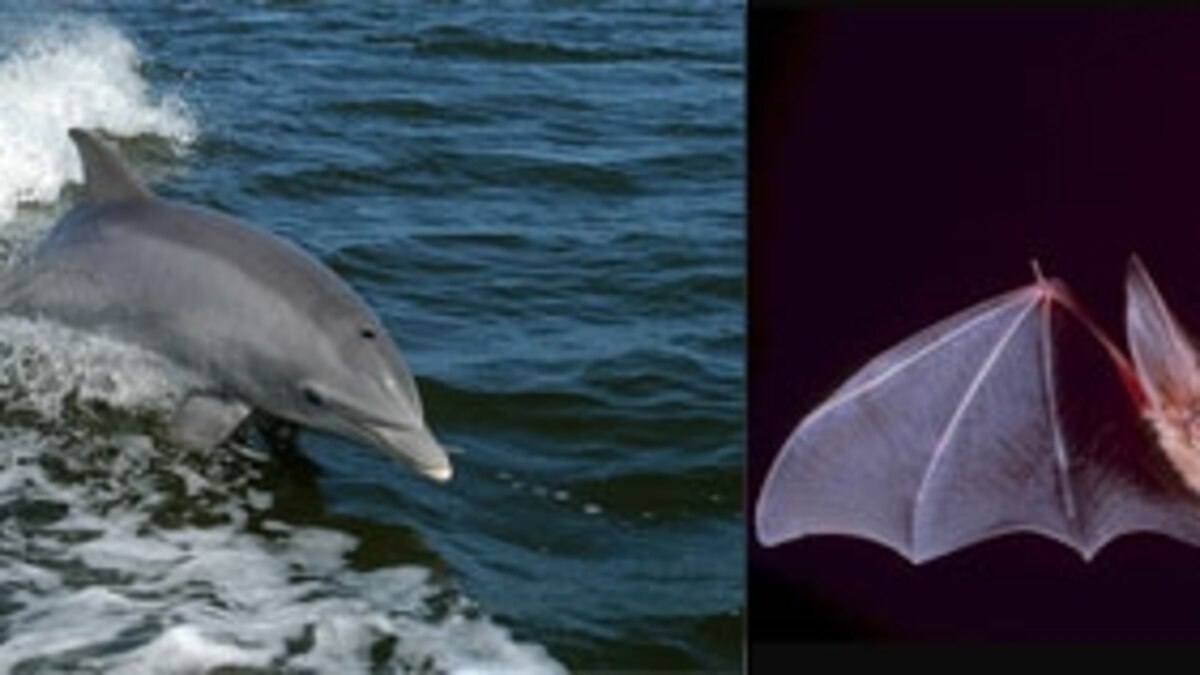leroy
Well-Known Member
Evidence that any are significant?
How do you determine significance?........ you most provide and justify your own standards, at what point woudl you say that the discordanc eis significance?.........
well anyway

Parallel Evolution of Auditory Genes for Echolocation in Bats and Toothed Whales
The ability of bats and toothed whales to echolocate is a remarkable case of convergent evolution. Previous genetic studies have documented parallel evolution of nucleotide sequences in Prestin and KCNQ4, both of which are associated with voltage motility ...
This article talks about a remarkable case where dolphins and bats share genetic material (same genetic variations) that absent in closer relatives.
(this is pretty much like finding a mammal with feathers)
This would imply that bats and dolphins independently had the exact same random mutations sin the same locations hundreds of times………(which is unlikely)

